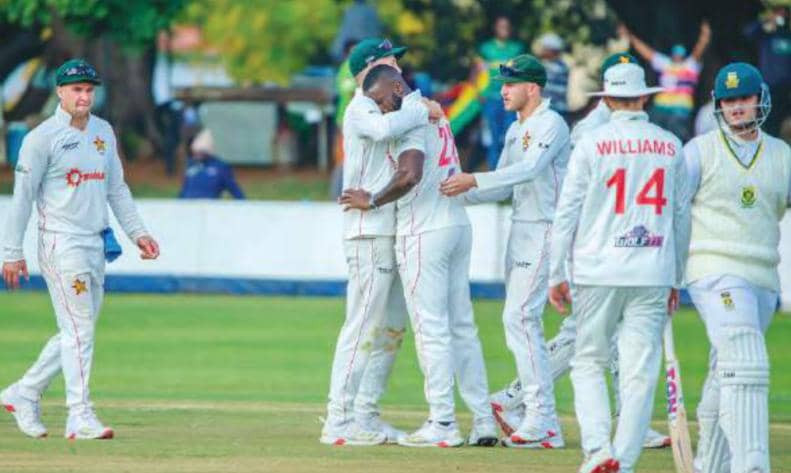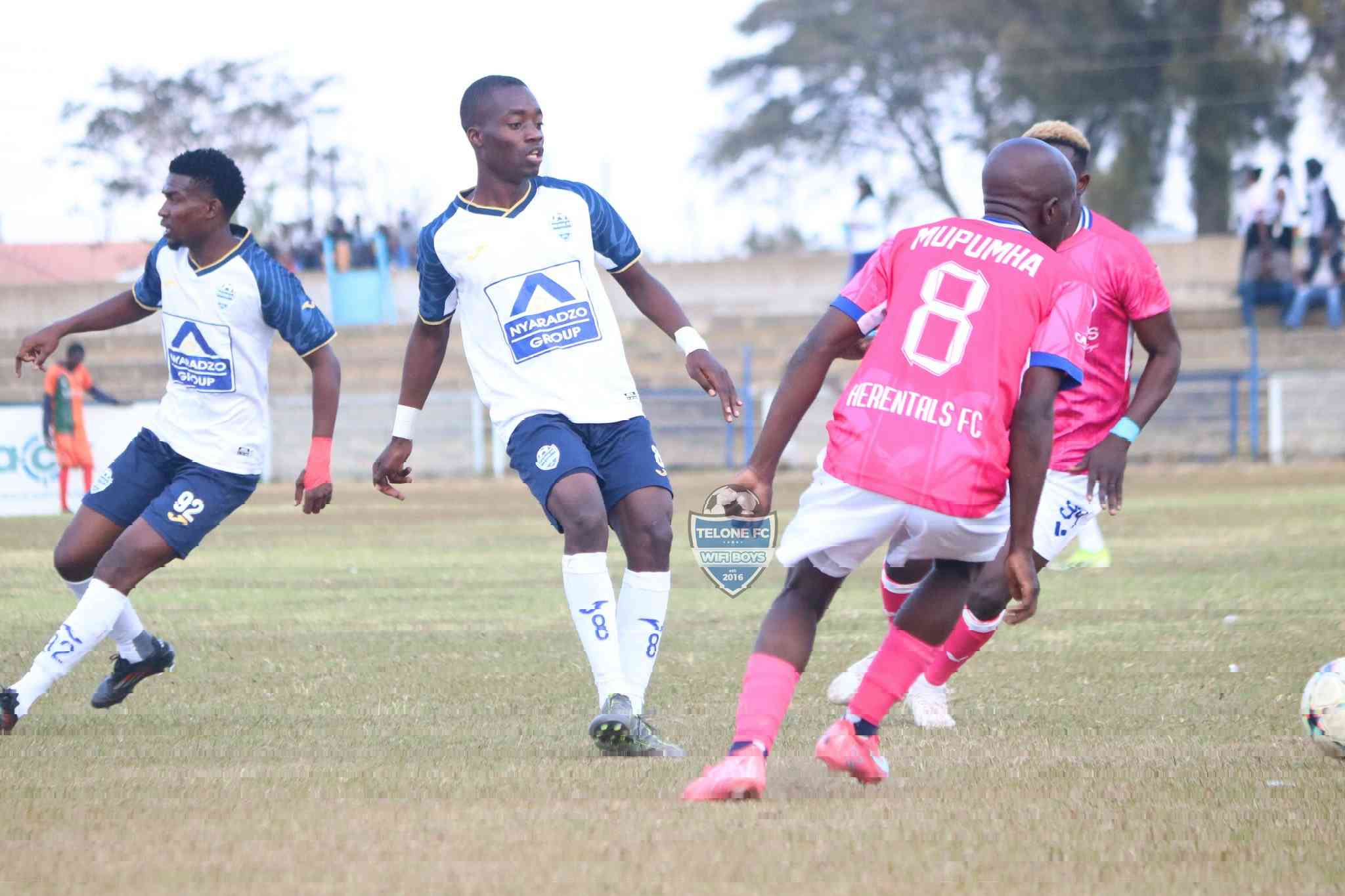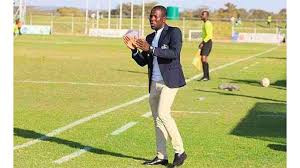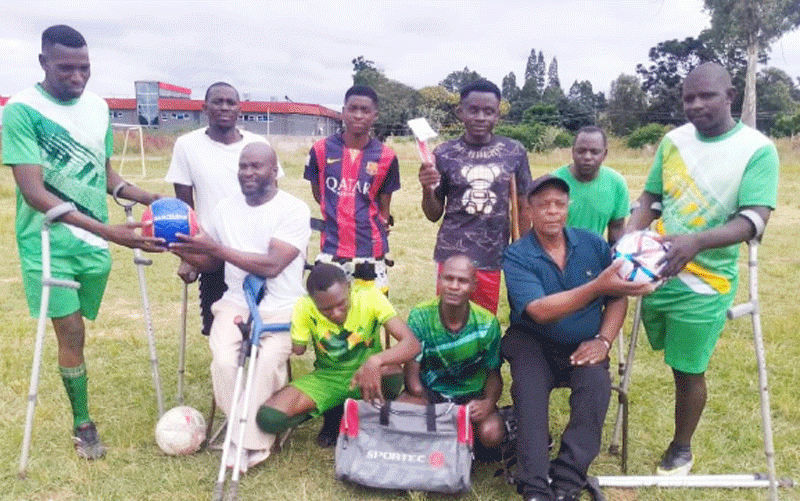
Those who recently started playing may be facing some challenges too in some of their shots and are not sure what is going on and why it is happening that way.
Different golfers face different challenges. Your problems can be cured but you need to know what you are doing wrong first, digging down into the root causes. I am going to go through what I take to be the most common golf swing faults to expect or which are being encountered by some of you.
A good golf swing is a result of many actions, which will have been coordinated properly in the expected sequence. A slight deviation leads to undoing what would have been a good golf shot. If you are faced with problems in your swings in any way, remember the basics.
I urge you to go back to the drawing board and carefully go through what you were taught during the first lessons. For you to achieve a faultless golf swing which will allow you to hit the ball at the preferred club face’s sweet spot, you should first of all have a good grip which you are most comfortable with.
As illustrated before, there are three recommended types of grips to choose from; the baseball (10-finger) grip; the interlocking grip and the overlapping grip. Failure to grip the club properly can lead to disastrous finish in your swing.
Let us take it that you have mastered your grip, you now need to make sure that you have a good set up and the correct positioning of the ball. You should always ensure that your feet, knees and shoulders are square to the target and as a rule of thumb; your feet should always be shoulder width apart when executing most of the shots. You should also avoid being too close to the ball or too far.
- Chamisa under fire over US$120K donation
- Mavhunga puts DeMbare into Chibuku quarterfinals
- Pension funds bet on Cabora Bassa oilfields
- Councils defy govt fire tender directive
Keep Reading
Next, you need to choose the proper club which will handle the task at hand properly. Wrong choice of clubs can lead to over clubbing (use of say a 5 iron when the proper club to use for the distance is a 6 iron) or under clubbing (use of say a 6 iron when the proper club to use for the distance is 5 iron. Do not alter the way you swing your clubs. Most situations require you to have full swings at all times.
The distances should be controlled through the right choice of the clubs in your bag. That is why you are allowed a maximum of 14 clubs. Each club has its distance to take care of. Know how far you hit each club. Do not force your shots.
Many golfers have a tendency of lifting their heads (taking their eyes away from the ball before the ball is struck). This may seem minor but the end result of your shot can be unpredictable. Remember that you are normally not playing alone. If you are lifting your head or taking away your eyes because you want to see where the ball will end for fear of losing it, your fellow competitors or your caddie or both will take care of that. Concentrate on looking at the ball and only take your eyes off after the ball has been struck and gone.
One other fault in a golf swing can be the result of weakness in the execution of the club at impact (decelerating at impact). Many players have lost what could have been easy wins due to this disease. The ball should be well-struck and the club accelerated on impact.
If you are to always remember this then your chances of winning are greater. If you consistently decelerate your shots at impact, you might as well bid farewell to winning any tournament. Do not hurry your backswings and downswings. Yes, this one aspect of the problem has cost many golfers. Hurried backswing (takeaway) and downswing will not spare you. It can lead to mishit and loss of distance and direction.
If your play is not affected by any of the golf swing faults highlighted above then you can assure yourself of a prize whenever you compete with others. There is no aspect which has not been covered in detail in our journey in the Learning Golf series.
If you are having problems with any, then go back to the previous topics. For any feedback/ comments and any assistance you may need contact the writer, Tavenganiswa Mabikacheche at The Centre for Training and Research Services on email: [email protected] or mobile no. +263712200922 /+263772319612











